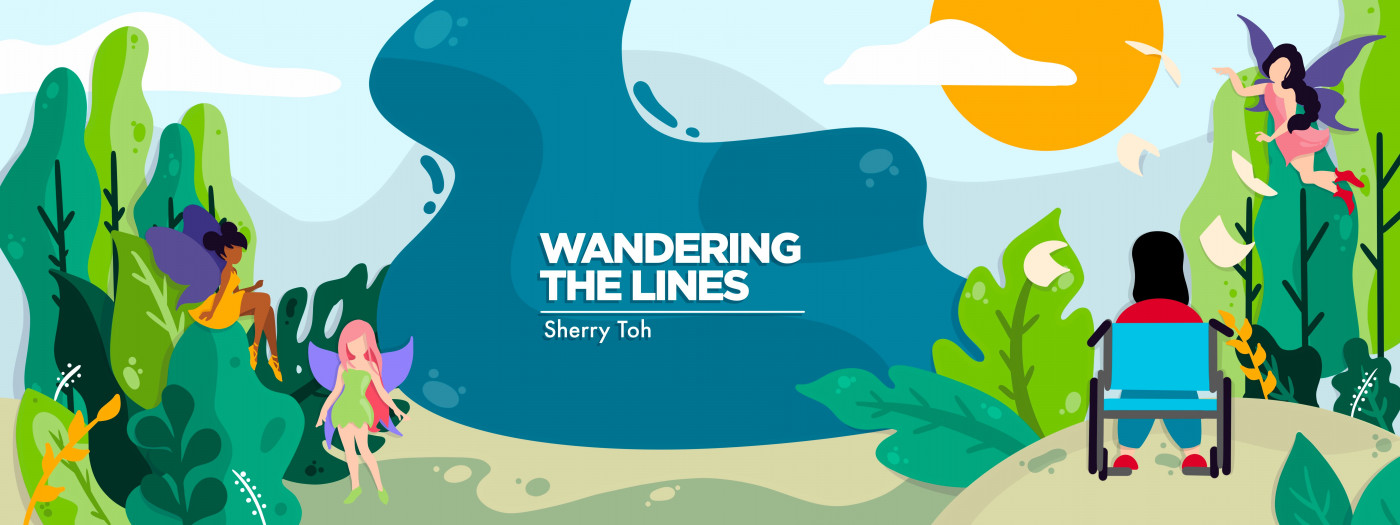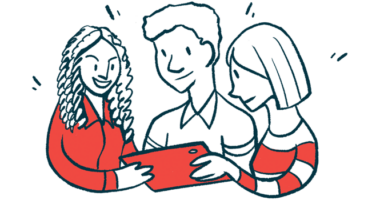Remembering that with my care, ‘I’m a national investment’
Living with awareness of the money it takes to keep me healthy and alive

“There’s no such thing as a free lunch,” I used to hear my parents say. “Even if it’s free for you, someone else is paying for it.”
From the moment I could comprehend the value of a single cent, my parents began drilling financial advice into my head. They wanted to ensure that I knew what work was, how it paid for what I had, and that I’d appreciate what it cost them and others in terms of time and energy. In fact, they taught me the lessons so well that my 5-year-old self cried ceaselessly when a toy spoon fell into my stroller and set the alarms off at Toys R Us. I fully believed my parents and I were going to jail for stealing.
That’s how intense my financial education was.
Even at age 26, I feel physically uncomfortable when someone who isn’t immediate family pays for my meal. I think about their other expenses and the other people in their lives who they could treat. If they insist, I plot out how to pay first, or to secretly return them the money, or other ways I can return the favor. It’s a matter of manners and dignity.
Can you imagine how my parents and I felt when we had to apply for aid to pay the medical bills associated with my SMA? Telling you we didn’t feel great is an understatement.
Returns on investment
On one hand, I believe that healthcare ought to be a right, not a privilege. Readers who’ve followed my campaign to gain access to Evrysdi (risdiplam), the orally administered, disease-modifying therapy that targets SMA’s cause, know how strongly I believe this. Why should certain patients suffer loss of function while others regain it, all because they belong to different countries and/or financial classes?
It isn’t right. It isn’t just. And I am keenly aware that my story would’ve ended differently if I hadn’t had Evrysdi in my life last year, given the multiple hospital admissions for chronic pain and vomiting.
On the other hand, I can’t deny that I do think about how the funds allocated to me could be used for others: someone else’s daughter, someone else’s sister, someone else’s best friend. The ugly truth is, the pool of funds in our public healthcare systems is limited, and the industry largely operates as a for-profit. Hence the constant math and paperwork that patients, caregivers, social workers, and doctors must do to sustain lives.
Putting aside the miracle SMA-targeting drug that has cost 375,000 Singapore dollars a year (around $291,500), my most recent six-month stint in the hospital alone has cost around 50,000 SGD at my most conservative estimate. That’s more than my mother makes in a year. Not to mention the now-monthly payments for my new BiPAP machine, the home visits from occupational and physiotherapists, talk therapy for my mental health, outpatient pain management procedures (which can require procedure rooms that cost extra), and the regular assessments I now require.
The bill adds up. Despite yourself, you start to look at your life — and the lives of others — in terms of dollars. If you’re like me, you try to ease your conscience by telling your family and yourself that you’re a “national investment,” and you vow to somehow make good on the returns.
No, I don’t believe I could ever monetarily afford to pay back the taxpayers who’ve funded my life. But I can be an upstanding Singaporean citizen and do my best to contribute to a net positive in the arc of progress.
How, you ask? By finding advocacy work wherever I go.
Indebted for life
I didn’t plan on writing this column. But as I’ve had several outpatient appointments recently, the two competing arguments in my mind wouldn’t quiet. They intensify, even when I recall that disability benefits and services are getting cut in countries such as the U.S. and U.K.
Though I’m not a citizen of those countries, I did feel that I’m in a position to illustrate to readers that applicants for aid do struggle with these moral questions — wherever we’re from — even as we’re penning our signatures on the paperwork. It’s human. Furthermore, it’s a lengthy, invasive process, with success hinging on meeting the right people at the right time, whether or not you meet the qualifying criteria for aid.
I know that because I’ve gone through the process multiple times. Without financial aid, my family would be in debt. Worse, I could be dead.
No one knows better than rare disease and chronic illness patients that “free healthcare” isn’t actually free. We know someone else is paying. We know the costs are high. We wouldn’t need help or beg for fairer healthcare systems — systems that aren’t for-profit — otherwise. But you can only pull yourself up by the bootstraps if you can afford to treat your body and buy boots without debt in the first place.
Note: SMA News Today is strictly a news and information website about the disease. It does not provide medical advice, diagnosis, or treatment. This content is not intended to be a substitute for professional medical advice, diagnosis, or treatment. Always seek the advice of your physician or other qualified health provider with any questions you may have regarding a medical condition. Never disregard professional medical advice or delay in seeking it because of something you have read on this website. The opinions expressed in this column are not those of SMA News Today or its parent company, Bionews, and are intended to spark discussion about issues pertaining to spinal muscular atrophy.









Leave a comment
Fill in the required fields to post. Your email address will not be published.